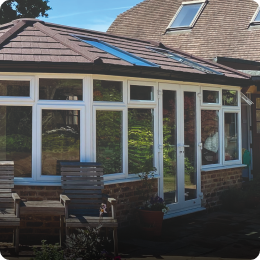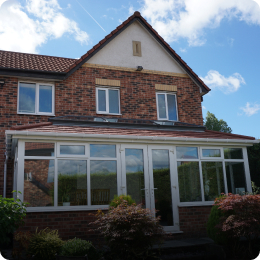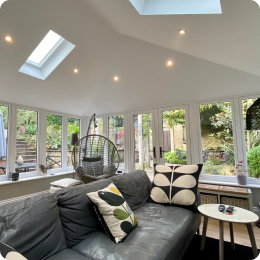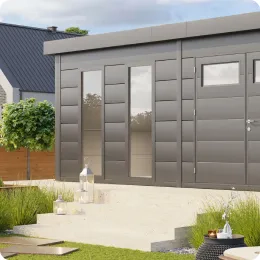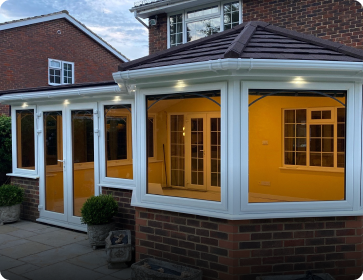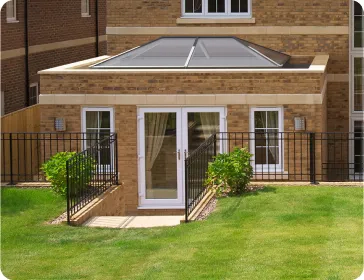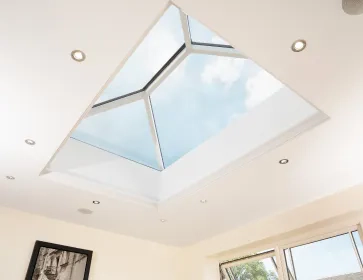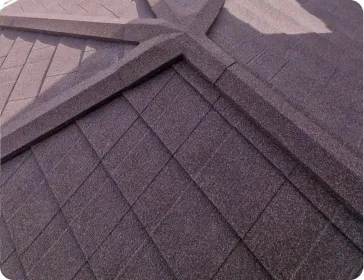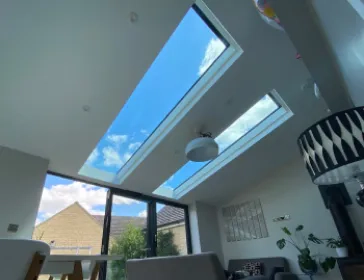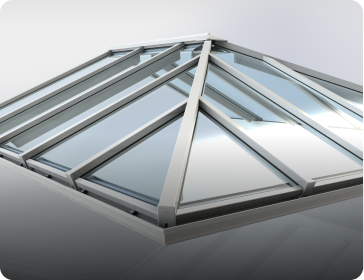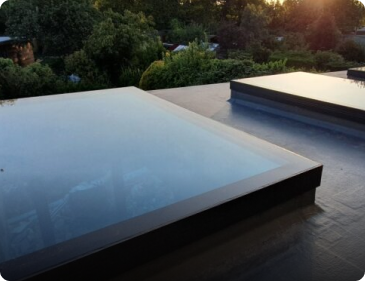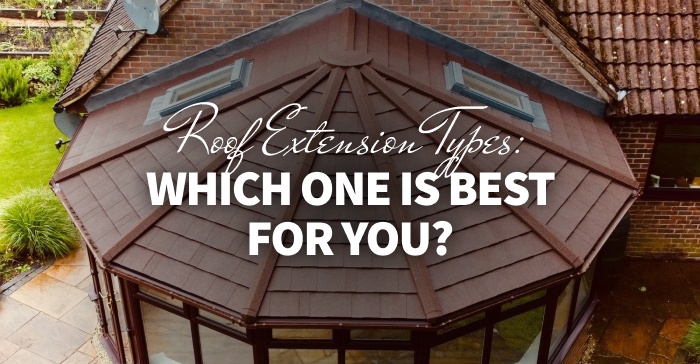
There are so many types of roof extensions out there, it can be a little overwhelming. Not to worry though, we’re here to help you find the right roof for your extension. We’re one of the UK’s leading extension roof and conservatory roof manufacturers, so we know our stuff!
The type of roof extension you choose will affect how your home looks inside and out. Whilst many people treat the roof as an afterthought, it will dictate how the room looks and feels. It will affect everything from light to ceiling height. That’s why we’ve put together this guide, talking you through the pros and cons of each roof. The better-informed you are, the better-armed you are to make a decision.
Things to consider when choosing an extension roof

The type of extension roof you choose will depend on lots of factors, including size, shape, cost and how you intend to use the room. Here are some things you should consider before you choose your extension roof.
1. Budget
The first thing to consider is your budget. Different roofs have different prices. Generally, the more simple the roof, the cheaper it is. That’s why lean-to-roof extensions tend to be the cheapest. If you only have a small budget, stick to a simple roof without lots of fancy additions.
2. Shape and size
The shape and size of your extension will dictate the roof you choose. For example, a small extension may not be big enough for a traditional gable or hip roof, because there’s not enough room for the pitch. Thus, you may be limited to a flat roof or lean-to roof.
3. Natural light
Lighting may not seem that important, but it will make a massive difference to your room when complete. If your extension is north facing, you may not get much light through the windows. You may therefore opt for a glass feature on the roof. Here at SupaLite, we give you the option to install a SkyVista or S1 Roof Lantern in conjunction with our ILite Flat Roof Orangery System.
4. How you will use the room
Possibly the most important question when choosing a roof extension is: how will you use your extension? Believe it or not, this will affect the roof you choose. If you want to use your extension as a home gym, you will need high ceilings to fit your equipment in. Whereas if you want to use it as a second living room, you may opt for a traditional gable roof to create a cosy, homely feel.
Different roof extension types
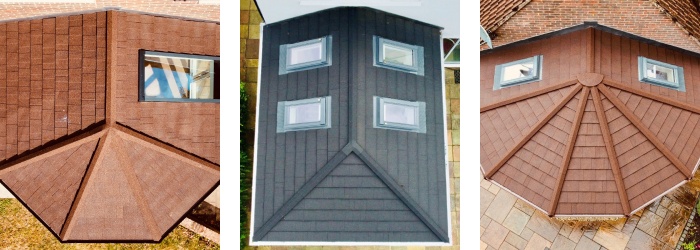
The type of roof extension you choose can affect the look and finish of your home, so it’s important to weigh up your options. Check out the different roof extension types below.
1. Flat roof extension
We’ve seen flat roof extensions grow in popularity over the last 4 or 5 years! Probably because of its sophisticated, contemporary look. It makes a great addition to any modern home.
Flat roof extensions have their advantages and disadvantages. One benefit of a flat roof extension is that it is quick and easy to install. Its simple design means that installation is faster, as there are no complicated angles and measurements. That means you can start using your extension sooner.
A flat roof extension must be thoroughly waterproofed because water cannot run off as easily as a pitched roof. That’s why it is vital that you choose a high-quality roof and reputable builder.
Here at SupaLite we have our own flat roof extension, the ILite Flat Roof Orangery System. This can be used on a home extension or conservatory conversion. It is an impressive structure that adds the wow factor to your extension. It is a flat roof extension with a glass lantern in the centre, to maximise natural light. It is completely waterproofed, usually with GRP or EDPM rubber. You can customise your ILite Flat Roof Orangery with a choice of tiles and the glass lantern is available in a range of sizes.
2. Gable roof extension
A gable roof extension is probably the most common roof extension type. It’s what most of us think of as a traditional roof, with two sloping sides that meet in the middle like an inverted V. That means it is more in-keeping with the rest of the home – it looks like it’s always been there! This can be important when selling your home in the future. After all, no one wants a home of two halves.
The SupaLite Roof is available in a gable end style, with a choice of tiles to match your home. You can choose between our ExtraLight Tiles or Tapco Slate. Both are available in a range of colours and both are equally as beautiful.
3. Lean-to-roof extension
A lean-to-roof extension is a roof extension that slopes downwards between the wall of your home and the extension. It is generally the cheapest roof extension, due to its simple design. This roof extension is less prone to weather damage and leaks because water runs straight off it. You may lose some headspace as the roof slopes down, but this shouldn’t be a problem for most people.
The SupaLite Roof can also be used in a lean-to roof extension. The SkyVista makes a great feature on lean-to extensions. This can help really capture natural light, making the room feel bright and airy. Some of our favourite extensions in recent years have been in this style.
4. Hipped and Double Hipped roof extension
Perhaps the most complicated type of roof extension, a hip roof is also generally the most expensive. All 4 sides of the roof slope up towards the ridge in the middle. This creates an impressive vaulted ceiling. Whilst this can look great on your home, it is worth weighing up the cost versus other styles.
The SupaLite Roof is available in a double-hipped roof style. Inside, you can expect high vaulted ceilings with a seamless finish complete with spotlight lighting. Of course, you can personalise your roof with a choice of tiles and additional features. Just speak to your installer.
5. Victorian roof extension
A Victorian roof extension is a specific shape of pitched roof extension. It is commonly used in conservatories, but can also be used for extensions too. It is characterised by an angular front, rather than a straight front. This makes a great spot for a bay window in an extension. The SupaLite Roof is one of the few roof extensions which can accommodate this unique shape.
6. Edwardian roof extension
The SupaLite Roof is also available in an Edwardian shape. This is a basic square or rectangular extension. Unlike the hipped roof, it only rises to the centre from three sides (so the left, right and front of the extension). It is probably what most of us think of as a typical extension roof.
The Edwardian roof extension has a flat front, which may make it easier to fit within planning permission guidelines. There is also no wasted space, as every corner goes right up to the permitted size.
We hope this guide has helped you understand the different types of roof extensions available. If you decide you would like a SupaLite roof installation and require further information, you can request a quote below. An expert installer near you will be in touch.
Get A Quote
